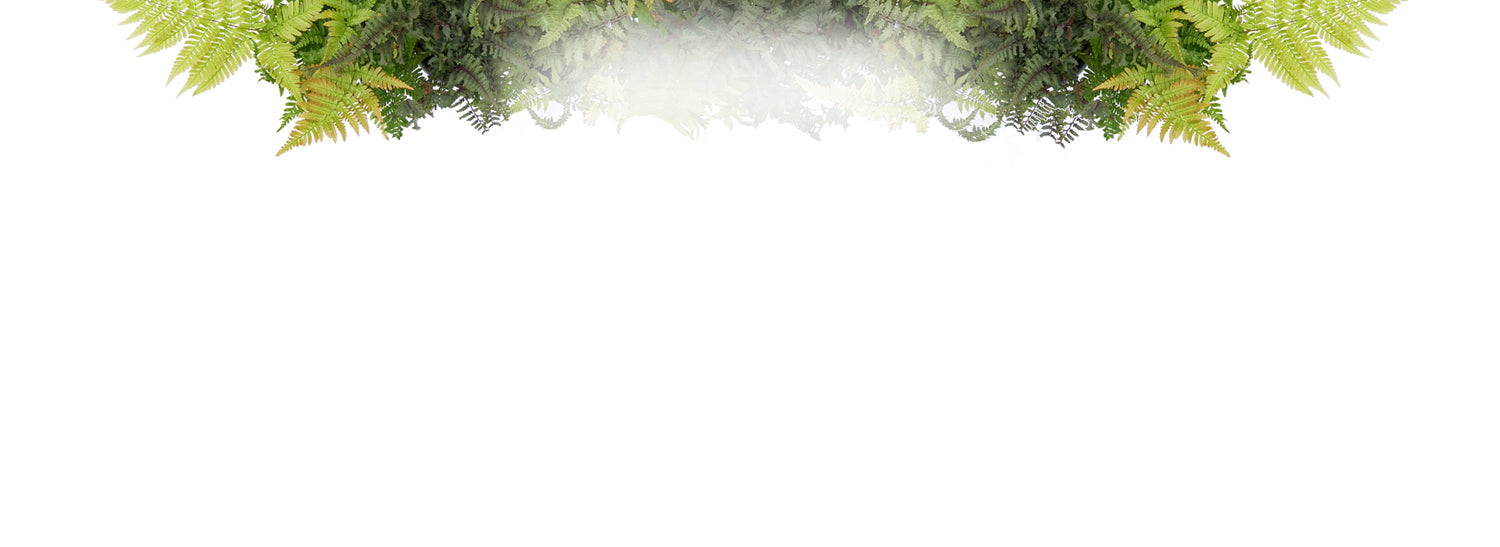Description
Plant spacing is based on the ultimate width of the plants. This figure is normally given as a range; for example, 3-5’. If you live in a cold climate and/or want plants to fill in more quickly, plan to space at the shorter end of the range. If you live in a warm climate, are on a limited budget, or are willing to wait longer for plants to touch, use the higher end of the range. Using the larger number is recommended when calculating distance from a building or structure. There’s really no such thing as "maximum spacing": if you don’t want your plants to touch, you can space them as far apart as you’d like. All plant spacing is calculated on center, or in other words, the centers of the plants are spaced one half of their eventual width apart:

Unless you are planting in a straight line, as you might for hedges or edging, space your plants in a staggered or zig-zag pattern for a more interesting and naturalistic look:

Hand-picked at our greenhouse
Shipped to your door
Arrives as young plant
The start of fall may signal the gardening season is coming to a close, but it’s not over yet! There is still plenty of time to enjoy colorful flowers and foliage or even sprinkle in some new perennials and shrubs before winter arrives.
HI, this is not about the skybox but my other boxwoods are pretty scrawny. I'm wondering what you think - can I upload photos somewhere?
Hello! Please email pictures of the plant to claims@greatgardenplants.com, making sure to put your order number and name in the subject line so that we may provide the best assistance possible. Rest assured, we do have a 60-day guarantee on all of our plants. If you received your plants within that timeframe, we will be happy to apply your warranty once we receive the pictures. Happy Gardening!
I bought two. One is growing nicely, the other one has died. So, I would rate one a 5 and the other one a 1.
My plants are already flourishing. They are beautiful and I can’t wait to watch them mature!
We will notify you on events like Low stock, Restock, Price drop or general reminders so that you don’t miss the deal



